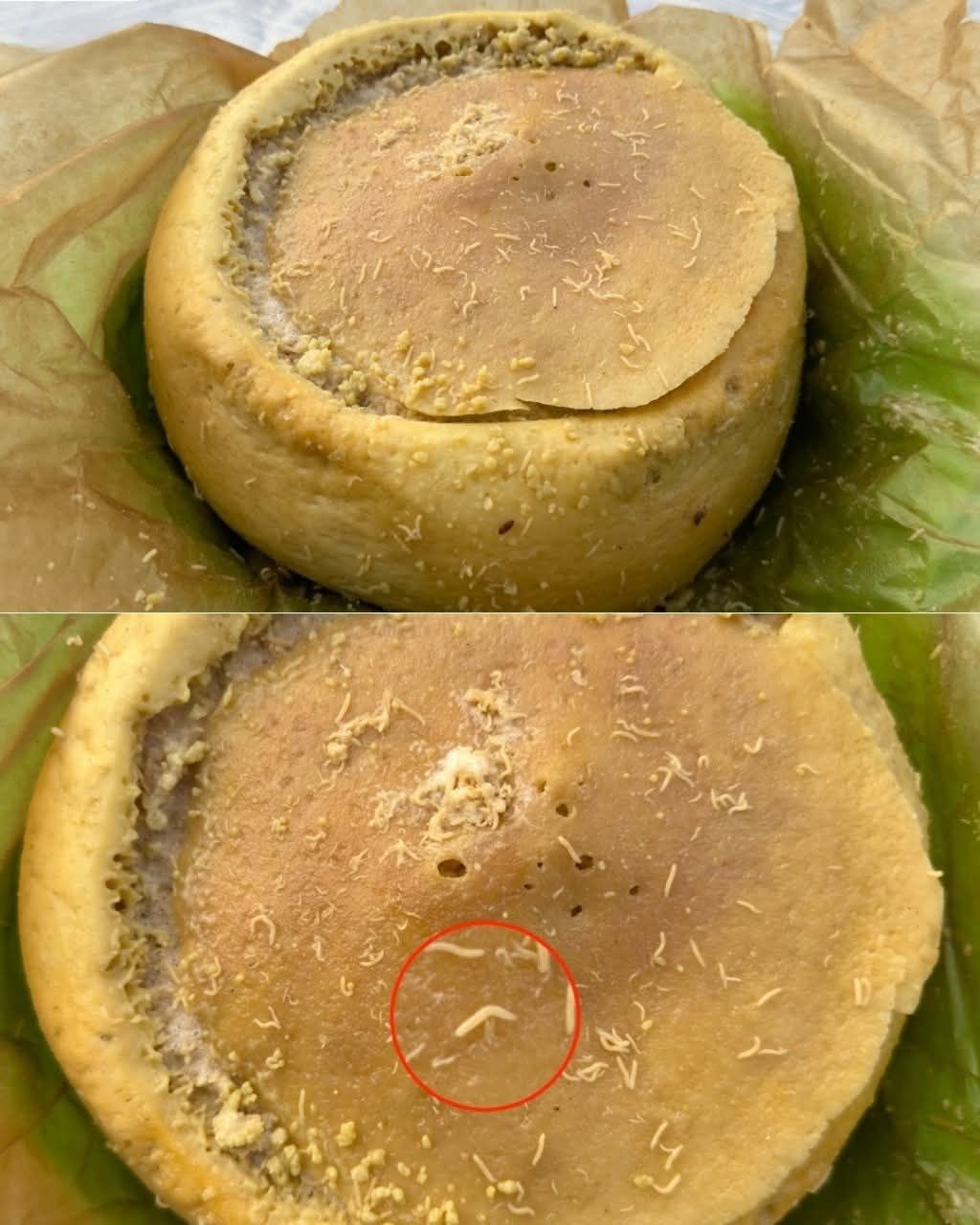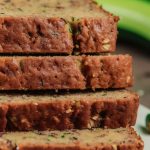ADVERTISEMENT
Eating is one of life’s greatest pleasures—until the food on your plate starts trying to poison, choke, or even kill you. Sounds dramatic? Not really. Around the globe, there are foods that pose serious health risks if not properly prepared or consumed. From deadly toxins to choking hazards and poisonous compounds, here are the 13 most dangerous foods in the world that remind us food safety is no joke.
1. Fugu (Japan)
Also known as pufferfish, fugu is considered a delicacy in Japan. However, it contains a deadly toxin called tetrodotoxin—1000 times more potent than cyanide. Only licensed chefs with years of training are allowed to prepare it, as even a small mistake can result in fatal poisoning.
2. Echizen Kurage (Japan)
This massive jellyfish, also known as Nomura’s jellyfish, can grow up to 2 meters wide and weigh over 300 kg. It’s used in certain Japanese dishes—but only after being meticulously cleaned and thoroughly boiled. If consumed raw or improperly prepared, it can be as deadly as fugu.
3. Fire Paan (India)
A viral street food from India, fire paan involves stuffing a betel leaf with sugar, nuts, spices, and alcohol, then lighting it on fire before placing it in a customer’s mouth. While the fire is risky, the real danger lies in chewing the betel leaf, which can cause infections and even cancer with long-term use.
4. Sannakji Octopus (Korea)
This dish features small, live octopus (nakji) cut into pieces and served while still moving. The danger? The suction cups remain active and can stick to the throat, posing a serious choking hazard, especially if not chewed thoroughly.
5. Casu Marzu (Italy)
A Sardinian cheese known as “rotten cheese”, Casu Marzu is infested with live fly larvae. While it’s considered a delicacy, there are fears that live larvae could survive in the intestines, potentially causing health problems. Though unproven, its sale is banned in the EU for safety reasons.
6. Ackee (Jamaica)
Jamaica’s national fruit, ackee, is safe only when fully ripe and properly prepared. If consumed unripe or raw, it contains hypoglycin A, a toxin that causes vomiting, convulsions, or even death—a condition known as Jamaican Vomiting Sickness.
7. Mochi (Japan)
These chewy rice cakes are a traditional New Year treat in Japan. But their sticky, glutinous texture makes them a choking hazard, particularly for the elderly. Japan reports several deaths each year from mochi-related suffocation.
8. Cassava (South America, Africa, Asia)
see continuation on next page
ADVERTISEMENT


